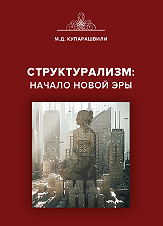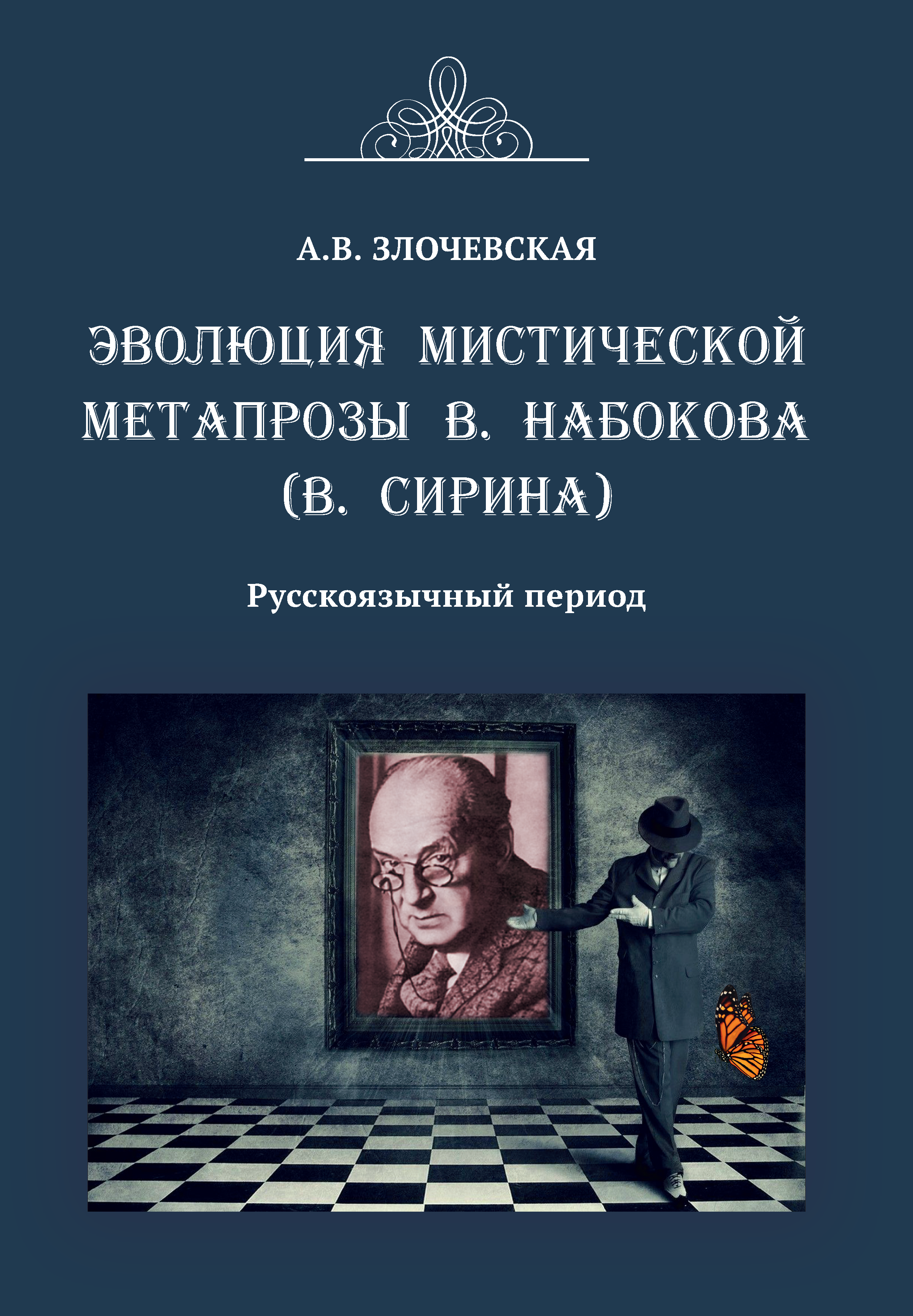UDC 378-042:004+005.1
https://doi.org/10.20339/AM.07-21.029
V.M. Anikin is Dr.Sci. (Math. & Phys.), Prof., Head of Department of Computer Physics and Metamaterials at Saratov State University e-mail: AnikinVM@yandex.ru; B.N. Poizner is Ph.D., Prof. of Radio-physical faculty at Tomsk State University e-mail: pznr@mail.tsu.ru, E.A. Sosnin is Dr.Sci. (Math. & Phys.), Prof. of faculty of innovative technologies at Tomsk State University, Leading Researcher at Institute of High Current Electronics at Siberian Branch of the Russian Academy of Sciences e-mail: badik@loi.hcei.tsc.ru
Examined is the functioning of education systems in the context and terms of anthropotechnical systems of purposeful human activity is considered. In the educational system, the presence of signs of the anthropotechnical system is due to the appearance of intermediate technical objects in the process of live communication “teacher — student”, which occurred on a global scale during a pandemic and transition from “classical” contact education to distance education. The anthropotechnical system includes (with appropriate interpretation for a specific activity) four main functional components: engine, transmission, working body, control body. Their task in this case is to increase the “efficiency” of human intellectual efforts in purposeful activities to transfer knowledge and form life goals. The article presents diagrams illustrating the change in the place (role) of a person in the anthropotechnical system caused by the development of technical means. In the “limit”, this evolution can objectively end both with a reduction in the explicit presence and even complete “displacement” of the teacher from the education system, and with an increase in the inclusion of a person in the cognitive process. The latter, for example, is possible in the case of creating neurointerfaces common to humans and technical objects (as working organs). At the same time, the indispensability of contact teaching methods for the transfer of latent (personal) knowledge, teaching people in teams, and educating motivated individuals is noted.
Key words: distance learning and education, digital education, anthropotechnical system, features of its development in the educational environment.
References
1. Sosnin, E.A., Poizner B.N. Experimental methodology: textbook. Moscow, INFRA-M, 2019. 162 p. (In Russ.).
2. Sosnin, E.A., Kaner, V.F. Patenting: textbook and practical work for undergraduate, specialist and graduate programs. Moscow, Yurayt, 2019. 384 p. (In Russ.).
3. What to Think About Machines That Think: Today’s Leading Thinkers on the Age of Machine Intelligence. John Brocman (еd.). NY, HarpPeren, 2015. 576 p.
4. Gómez-Dávila, N. Escolios a un texto implícito. Ediciones Atalanta, S.L. 2009. 1406 p.
5. Polanyi, M. Personal Knowledge: Towards a Post-Critical Philosophy. Chicago, IL, University of Chicago Press, 1962. 444 p.
6. Anikin, V.M. Our first teachers: pages of biographies by P.N. Lebedev and N.N. Semenov. Izvestiya VUZ Applied Nonlinear Dynamics. 2016. Vol. 24. No. 1. P. 75–83 (In Russ.). DOI: 10.18500/0869-6632-2016-24-1-75-83
7. Sokolov, V.A. Jack Harlan, a prominent American N.I. Vavilov’s disciple. Infor-matsionnyy vestnik VOGiS. 2010. Vol. 14. No. 4. P. 761–767 (In Russ.).
8. Lee, Y.-N., Walsh, J.P., Wang, J. Creativity in scientific teams: Unpacking novelty and impact. Research Policy. 2015. Vol. 44 (3). P. 684–697. DOI: 10.1016/j.respol.2014.10.007
9. Men, C., Fong, P.S.W., Luo, J., Zhong, J., Huo, W. When and how knowledge sharing benefits team creativity: The importance of cognitive team diversity. J. of Management and Organization. 2019. Vol. 25. No. 6. P. 807‒824.
10. Sołek-Borowska, C. Creativity and Knowledge Sharing in Teams. J. of Management and Financial Sciences. 2019. Vol. 31. P. 37‒48.
11. Shaffer, E. Too many authors spoil the credit. Can. J. Gastroenterology & Hepatology. 2014. Vol. 28. No. 11. P. 605.
12. Anikin, V.M., Poizne,r B.N. Defense of the dissertation: props, characters and per-formers: teaching aid for graduate students and undergraduates. Saratov, Saratov, SSU Publ. Hause, 2018. 100 p. (In Russ.).
13. Karaulov, Yu.N. Russian language and linguistic personality. Moscow, Nauka, 1987. 264 p. (In Russ.).
14. Commentary on the Civil Code of the Russian Federation (educational and practical) to part 4. S.A. Stepanova (еd.). 4th ed. Moscow, Prospect; Yekaterinburg, Institute of Private Law, 2015. 456 p. (In Russ.).
15. Di, J. Development of Distance Teaching System for College Professional Courses Based on 5G Network. IOP Conf. Series: Materials Science and Engineering. 2020. Vol. 750. P. 012138. DOI: 10.1088/1757-899X/750/1/012138


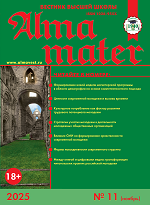
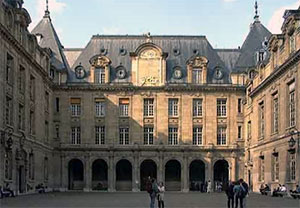
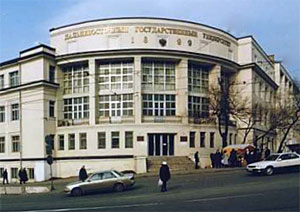
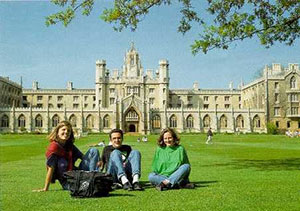
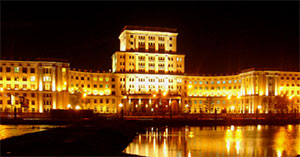
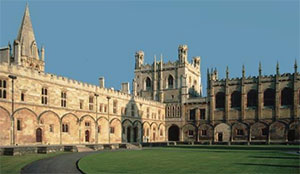
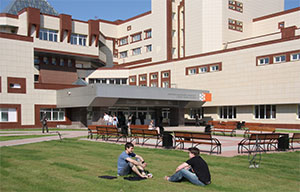



.png)
